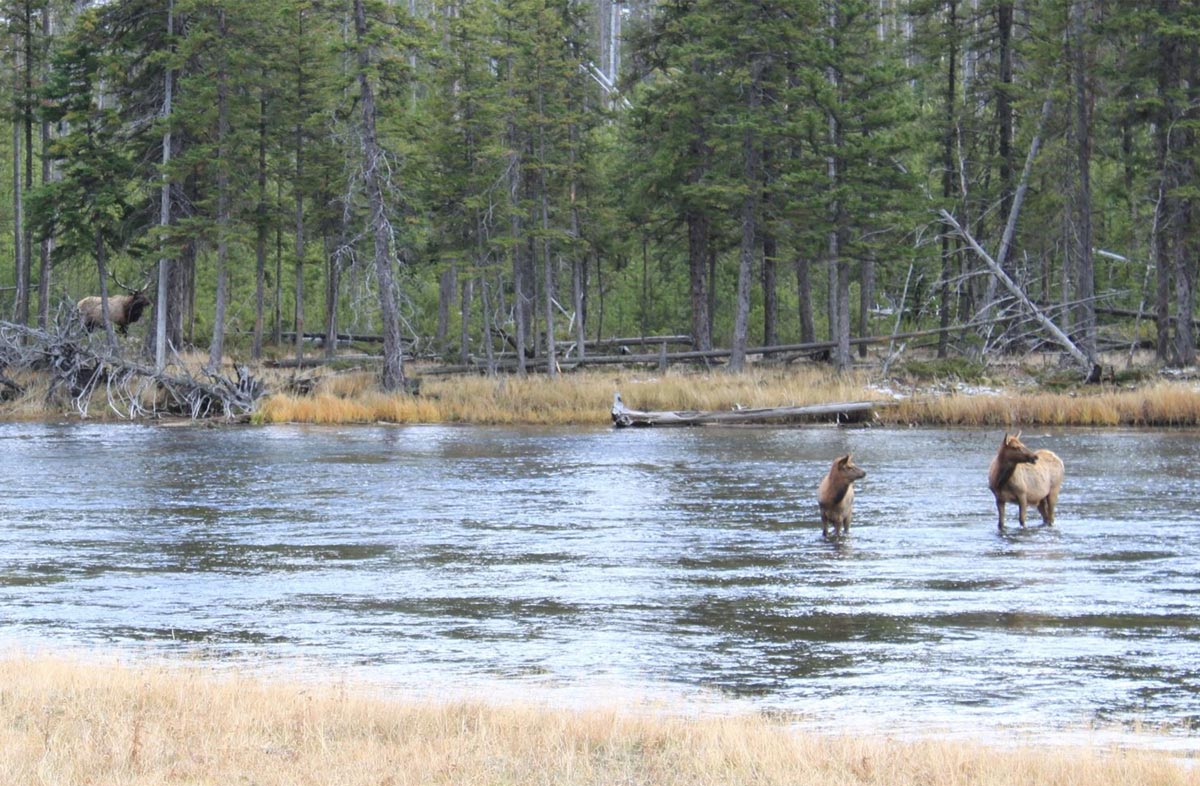A recent article in Agweek featured a Q & A session with a woman who advocates in behalf of wolves and opposes predator management.
She made this statement that seemed to jump out from all others: “…mankind has never known how to manage any wild animals or plants … with good success. If you’ve noticed, we have pretty much messed up almost everything.”
That is untrue. Land and wildlife management are both effective and necessary.
It is true that as American settlers pushed their way West in the 1800’s, commercial hunting took a heavy toll on wildlife and pushed many species to the brink of extinction. Elk, bison, deer and other wildlife disappeared across much of the country.
Hunters and anglers realized something needed to change. They took action. They advocated for regulated hunting with specific rules and quotas. They also formed conservation organizations to conserve and protect wildlife habitat. Their collective efforts led to a set of principles known as the North American Conservation Wildlife Model which states that fish and wildlife belong to all Americans, and that they need to be managed in a way that such populations will be forever sustained.
Those actions combined with the implementation of sound management practices returned wildlife populations to healthy and thriving levels.
Species Year Population Today’s Population
Elk 1907 41,000 1 million+
Whitetail Deer 1900 500,000 32 million+
Wild Turkey 1900 100,000 7 million+
Pronghorn 1950 12,000 1.1 million+
State fish and game agencies oversee wildlife populations within their state boundaries. Every year, they publish and post fishing and hunting regulations that spell out seasons, quotas, species, number of licenses and other detailed information.

As an example, Montana’s 2018 Deer-Elk-Antelope Regulation booklet spans 120 pages. There are also separate hunting regulations for bison, black bear, furbearers and trapping, moose-bighorn sheep-mountain goat, mountain lion, turkey, upland game bird, waterfowl-sandhill crane-mourning dove-snipe and wolf. There are 104 pages of fishing regulations.
Again, these detailed regulations are designed to manage
fish and wildlife to ensure their future. Thanks to science-based wildlife management, North America has the most successful wildlife populations in the world.
Additionally, sportsmen asked Congress in 1937 to pass the Pittman-Robertson Act which levied an 11 percent excise tax on guns, ammunition and archery supplies with the revenue generated from it funneled to nationwide conservation work. (Anglers supported a similar tax on fishing equipment in 1950.) To date, those excise tax generated more than 20 billion dollars for land and wildlife conservation.
It is also important to point out the vital need of managing and improving habitat. Prescribed burning, forest thinning, noxious weed treatments and other stewardship work are crucial not only for wildlife and mitigating the potential of catastrophic wildfire but for benefitting the overal
l health of forests. The Rocky Mountain Elk Foundation has permanently protected or enhanced more than 7.6 million acres of wildlife habitat since 1984. RMEF maintains that active forest management is needed going forward.
Circling back to predators, RMEF recognizes predators have a proper place on the landscape. RMEF supports science-based management of all wildlife including wolves, lions, and bears, and fully endorses the North American Model of Wildlife Conservation.
The bottom line is land and wildlife management does work. It is successful. History shows that to be true. And given that humans are spread across the landscape in greater numbers now than at any time in our world’s history, it is needed more than ever.
(Photo source: Cindee Parker)
